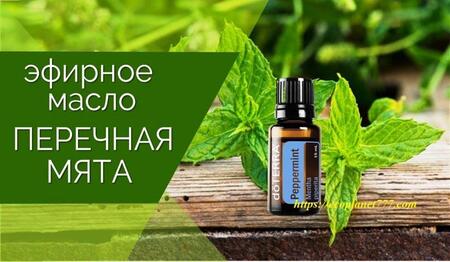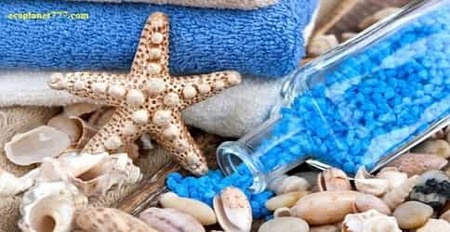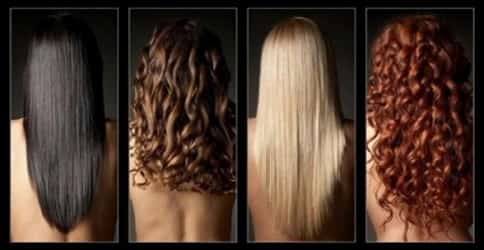
The last few years have seen a bigger-than-ever push for natural and organic beauty products. Many consumers are under the impression that components found in “organic” or “natural” hair products make them inherently safer. Unfortunately it’s not that simple. Even when the packaging claims to be all-natural, organic or chemical-free — which is literally impossible because everything, including organic things, are made of chemicals — that could basically be an outright lie.
In other words, if you see hair dye that isn’t henna and it claims to be organic or natural, it’s most likely still employing synthetic ingredients for it to work. The good news: Hair dye doesn’t have to be organic or natural in order to be safe, and there are other ways to be both health- and eco-conscious when it comes to coloring your hair. Below are the most important things to know.
Hair Friendly Natural DIY Hair Dyes
1. Coffee

Coffee is so inexpensive that you could top up your hair as often you wanted without having to worry about salon level prices. This recipe is said to enhance shine and shade, as well as potentially promoting hair growth. By merely adding coffee to your conditioner you can use this simple method to achieve silky brown locks. When added to boiling water it can turn it almost black, so it makes sense that the color would transfer well onto hair.
2. Beets
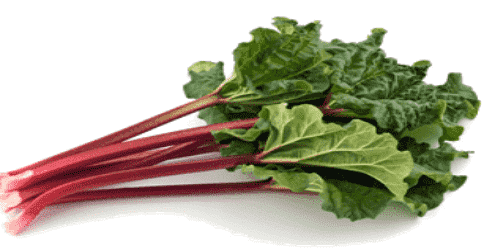
Using beets in your hair should add subtle red hints to it, and will most likely work best on lighter hair. It’s a great way to play around with color before going permanent, and because there are different methods to try out, you can see which works best for you. Of course, all the ingredients in each of these suggestions is entirely natural, so you don’t have to worry about nasty chemicals damaging your hair.
3. Walnut Hair Coloring
Coloring your hair with walnuts gives your hair a chestnut shade. Walnut peel for coloring can be used, both fresh and dried. In coloring hair with walnuts, only green shells are used!
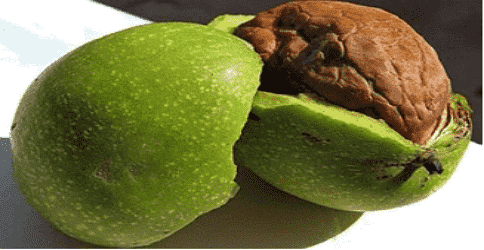
3.1. To give the hair a chestnut shade, the following components should be mixed: 0.5 cups of olive oil, 1 tbsp. alum, 1 tbsp. chopped walnut peel. All components pour 1/4 cup boiling water. Put the mixture on a slow fire and let stand for 15 minutes. Then cool, squeeze and apply the resulting slurry to the hair with a brush. The composition is kept on hair for 40 minutes. and rinse with warm water.
3.2. There is another recipe for home cosmetics that can achieve the same result. The peel of a walnut is minced in a meat grinder and mixed with hot water until the sour cream is thick. The gruel is applied to the hair with a brush, aged 15-20 min. and washed off with warm water.
3.3. The combination of 2 tbsp. juice of green peel of walnuts per 100g. alcohol gives a chestnut tone. Apply mixture to hair. Hold for 10-30min. With this method of home dyeing hair, a good and stable result is achieved.
3.4. You can also take 1.5 tbsp. chopped peel and alum, stir in 50g. water and 70g. vegetable oil. Heat the mixture slightly, apply to hair and let stand for 40 minutes. 3.5. Another way to dye your hair at home with a walnut: boil 100g. green peel in 1l. water to 2/3 of the original volume, apply to hair. To sustain 20-40min.
4. Has anyone ever dye with blueberries?
Blueberries are a favorite when it comes to natural dyes. This is because they can be used to dye almost everything, from cloth dyeing down to hair dyeing. If you’d like to try this on your clothes, prepare one cup of blueberries, depending on the amount of fabric you want to dye. Aside from that, you will need ¼ cup of salt, pegs, saucepan, gloves, and the fabric itself. This fruit is your best choice to have that bluish color on your fabric.
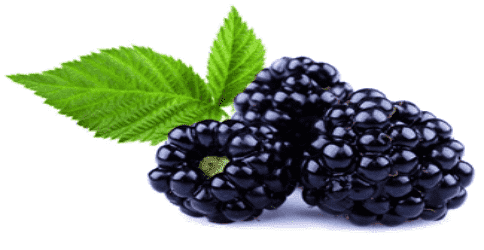
Blueberries also promote hair growth since these contain a particular plant chemical known as Proanthocyanidins. This substance interacts with the follicles to stimulate growth. Blueberries are loaded with vitamins and antioxidants too! You can use this fruit as your natural hair dye homemade recipe. It is an excellent, chemical-free way to add a pink tint or a hint of color on your dark hair, as well as on clothes.
5. Pomegranates

Pomegranate is another excellent fruit that you can use to make natural dye. This fruit is abundant in pigment which can give you luscious red color for dyeing. It has a huge concentration of tannin content and colored pigment like anthocyanin, which makes it a great option for natural dyeing. Moreover, pomegranate is widely used in the US as a universal coloring such as food, hair, and fabric coloring. Thus, its safety is already given.
6. Hair coloring with henna and basma
The henna are dried and crushed leaves of alkanes that have yellow-green colors or leaves of Indonesia, which have a red-orange color. The properties of these species are the same. Basma – ground leaves of indigophera, which have a greenish-gray color. Henna and Basma have tannins in their composition, they nourish the scalp, promote hair growth, strengthen hair and restore vitality and shine to them.

I have a couple of friends who have dyed their hair using henna and, despite the inevitable mess it creates during use, they have gotten on well with it.
When you buy henna for hair dye it should come along with instructions, so make sure to stick to these carefully. Henna is the most permanent of natural hair dyes which is ideal if you know exactly what color you want and hope to achieve salon level longevity. It may seem scary at first but as long as you do your research and efficiently prep your bathroom for the henna explosion that is about to take place within it, then you will be fine.
6.1. History of hair coloring with henna
I’d love to try blackcurrant on my hair one day, but for now, I’m using henna. I stopped using conventional hair dyes about five years ago when I learned about the possible health implications. I’ve been pleasantly surprised by a side effect from using henna: Forgive me if I sound like a late-night TV advertisement, but my hair is longer, stronger and thicker since I quit using chemicals. From about age 20 to 35 I used all manner of expensive and inexpensive hair dyes, and I thought my inability to grow my hair past my shoulders after my mid-20s was just a sign I was getting older.
But five years into my henna-only dyeing adventures, my hair is almost down to my waist. My hair feels “happier” to me, as you can see here. It’s a lot less frizzy too, so I not only wash my hair less, but I use much less hair product. I wish I had always dyed my hair with henna.
7. Avocados
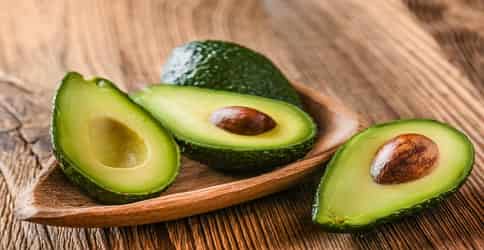
Many shampoos and hair treatments contain avocado as one of their main ingredients. That’s because using avocado can repair damaged hair, prevent hair loss, and even promote hair growth! But eating this fruit (yes, avocado is a fruit!) can be good for your hair, too. Avocados are rich in numerous nutrients, particularly vitamins B and E, which are important for keeping hair strong and preventing hair loss. Known as a superfood, avocados are also rich in omega-3s, antioxidants, vitamin C, K, and folate.
7. How to paint gray hair with henna and basma
So, we have henna and basma (it is advisable to buy fresh and high-quality!). First, take henna and fill it with hot water and leave to insist. On wet hair (you can dry, but there will be more paint), apply warm henna with black brewed coffee (or without). You can wrap with cellophane and a towel. Keep for a long time (4-5 hours). Rinse off. Hair that was gray would turn red, but the difference would still be noticeable. The next day, apply a warm mixture of basma with henna for 3-4 hours on dry hair (there are a lot of basma, henna is only 1 spoon). Rinse off. The hair will turn dark brown, closer to black. Now gray hair should be completely painted over.
8. Honey softens hair
While honey + hair seems like it’d be a recipe for a sticky mess, this sweetener is commonly used to soften hair. It can also create subtly lighter locks. There’s two methods to use here. You can combine honey with water, apply it to hair, twist it into a bun, and let it soak for an hour or so. You can also combine honey with your hair conditioner and really maximize its softening benefits. Your hair will be shinier and lighter.
- Magnetic storms: the sun is testing the planet🌪️ - 13.06.2024
- Why You Should Drink Chicory: Benefits and Harms 🌿 - 09.06.2024
- Innovative Choice: Sproud Milk – Your Ideal Plant-Based Drink 🌱 - 03.06.2024
